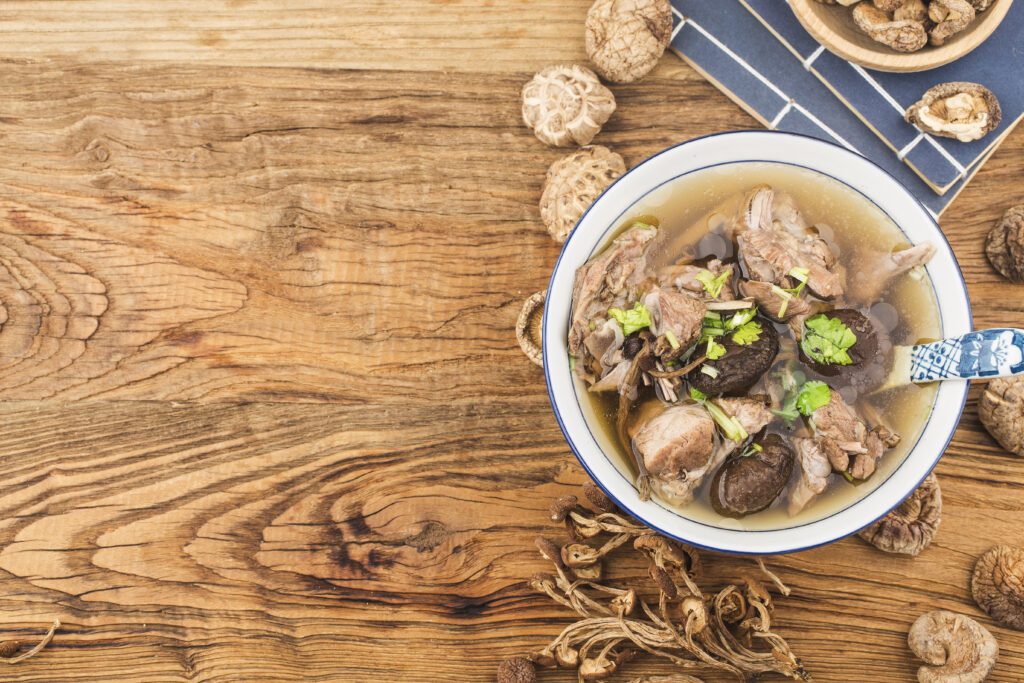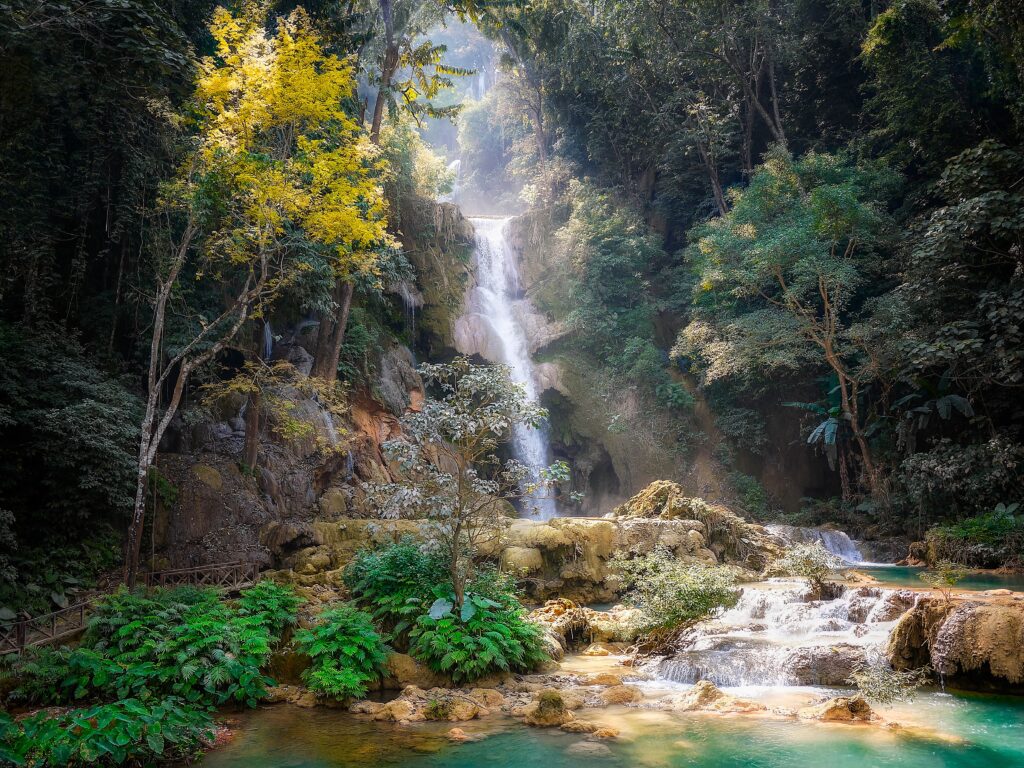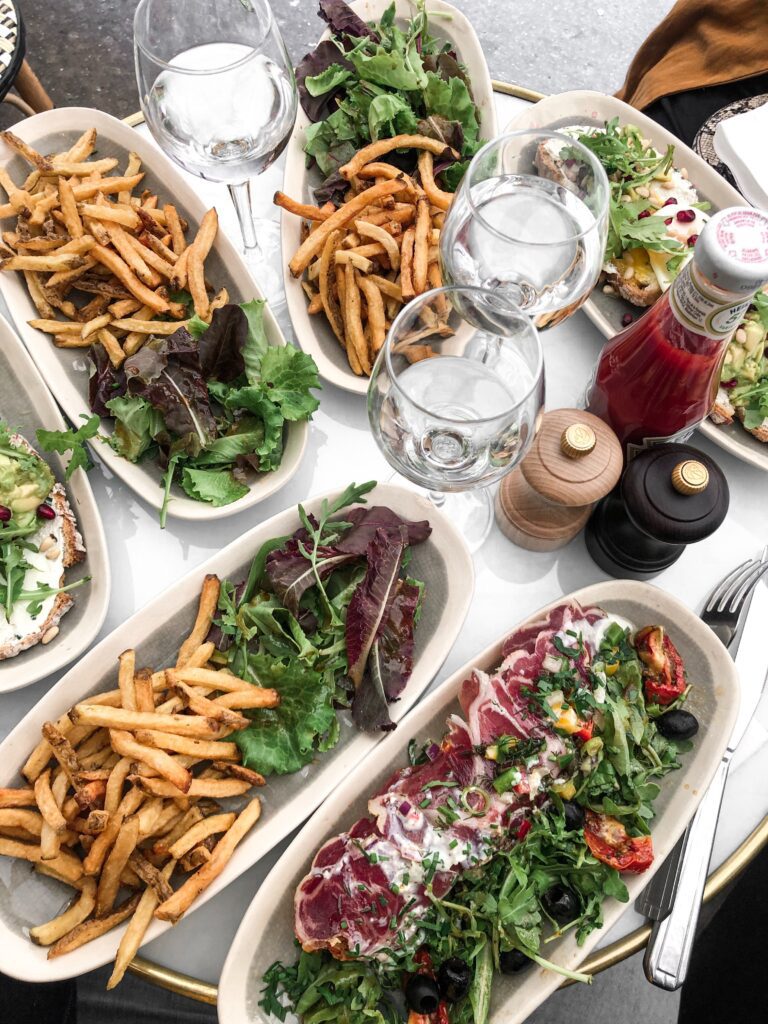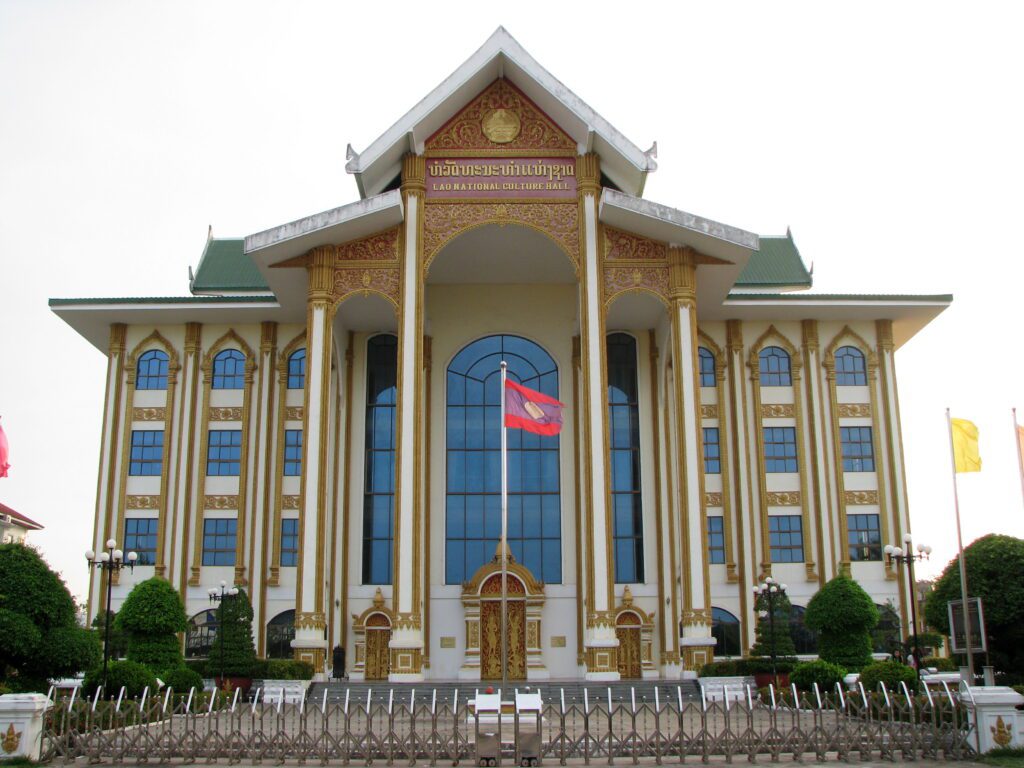

TRAVEL VISA REQUIREMENTS FOR LAOS
Your passport must be valid for at least six months from the date of entry and contain at least two blank visa pages. Visas for tourists are required. Tourist visas on arrival are available at certain ports of entry and typically allow for a 30-day stay.
SACRED GEOGRAPHY OF LAOS
Laos’ geologically different geography, with its forested mountains, highland mesas, and tableland plains, supports an inversely different population, which is largely united by husbandry, particularly rice civilization. relations with neighboring Khmer(Cambodian), Siamese(Thai), and Myanmar(Burmese) fiefdoms between the fifth and mid-nineteenth centuries laterally invested Laos with rudiments of Indian culture, including Buddhism, the religion now rehearsed by the maturity of the population. Both Buddhist and Hindu lore have told the country’s visual, performing, and erudite trades. numerous indigenous and nonage peoples of the remote upland pitches and mountainous regions, on the other hand, have saved their own unique ritual and cultural traditions.
TRAVEL SAFEY IN LAOS
Laos is one of the least dangerous countries to visit. The country is tranquil, the people are affable, and the air is clean. Laos is a comforting country to live in and visit because of its relaxed people. Despite this, there’s no place on earth that’s fully safe, and Laos is no exception. When it comes to your own health and safety, a little common sense and prudent safeguards can go a long way to keep you in-check. Avoid going off the beaten road or into uncharted home like unexplored rainforests. Keep to the letter of the law whenever you’re in Laos. Among the crimes that can affect in the death penalty include medicine trafficking, rape, and disloyalty. also, there are severe consequences for medicine possession and use, thus if locals offer you anesthetics like opium, do not buy it or use it because the dealer might denounce you to the authorities. Always have your ID card with you if you live in Laos or your passport if you’re a caller. Although the police infrequently stop excursionists, you no way know when they might. still, keep your license with you, If you drive. Always wear a helmet when riding a motorcycle or a bike; business sense is not that excellent then, and accidents be constantly. Avoid using the highways during times of festivity like Lao New Year. Avoid going out alone and erratically at night in a city or megalopolis. When exchanging at night, stay down from back alleyways because they’re generally dark and a target for stealers. Put your passport, credit card, and other valuables in a plutocrat bag and keep it hidden underneath your apparel. Avoid putting precious stuff in your bike handbasket if you’re riding because drive- by theft has happed. Make sure they’re with you at all times. When travelling to distant areas of Laos, bring some food with you because you might not pass by a eatery.
MONEY AND BANKING IN LAOS
The Lao kip (LAK) is the country’s official currency, but many businesses accept US dollars or Thai baht. The USD to LAK exchange rate is approximately 1:8,200, and the baht to LAK exchange rate is approximately 1:265. (USD to baht 1:32).
Most large hotels and high-end shops in cities accept major credit cards, but if you plan to shop in markets or on the streets, you will need cash in at least one of the above denominations.
Laos’ currency is the kip, which is abbreviated as LAK. It is available in denominations of $1,000, 2,000, 5,000, 10,000, 20,000, and, most recently, 50,000. Kaysone Phomvihane, the leader of the Lao People’s Revolutionary Party and prime minister of the Lao People’s Democratic Republic from 1975 to 1991, is depicted on all bank notes.
In Laos, financial services are easily accessible in major cities such as Vientiane and Luang Prabang. Travelers rarely have issues changing money, using a credit card, or withdrawing money from an ATM. With an exchange rate of around 8,200 kip to the US dollar, many visitors to Laos may feel like millionaires upon arrival.


FOOD AND DRINKS IN LAOS
Laos cuisine is heavily influenced by Thai, Vietnamese, Chinese and French cuisine, but still retains a unique flavor. Common ingredients include sticky rice, fresh herbs, fruits and vegetables, and spices. Popular dishes include:
Laos-style sticky rice: Steamed glutinous rice, often served with a variety of savory dishes.
Lab: A spicy salad made of minced meat, fish, or tofu mixed with lime juice, chili pepper, mint, and other herbs and spices.
Tam Make Hong: A spicy papaya salad.
Kho Paik Sen: A rice noodle soup with chicken and vegetables.
Lab: A meat dish made from minced meat, fish or tofu mixed with lime juice, chili pepper, mint, and other herbs and spices.
Drinks in Laos include Birla, the country’s most popular beer, as well as whiskey and rice wine. Fruit juices, tea and coffee are also popular.
CULTURE OF LAOS
Buddhism and the boun(jubilee), which were historically associated with village life but are now also rehearsed in civic areas, companion everyday life among the tableland Lao. The merit- making practice of giving alms to monks during their morning rounds, which was formerly discouraged by the government, has persisted. Traditional rituals are still rehearsed among the highland peoples, though some groups, similar as the Hmong, don’t have the same attachment to the villa as a spatial or social unit that the tableland Lao do. The ménage, the group of close cousins, and the clan are the primary foci of social identification for the Hmong, anyhow of temporary or endless agreement. A different range of spirits inhabit the Hmong macrocosm, including drug spirits, nature spirits, and shamanic spirits. Both social and spiritual life in Laos differ significantly between the tableland and upland regions.
TRAVEL AROUND LAOS
Laos is a country with a rich cultural heritage and stunning natural scenery. There are several ways to travel around Laos, including:
Bus: Buses are a convenient and affordable way to travel between cities and towns, but can be crowded and uncomfortable.
Private car or taxi: Private cars and taxis are available for hire in major cities and are a good option for those who want more comfort and flexibility.
Motorbike or scooter: Renting a motorbike or scooter is a popular way to travel around Laos and is a great way to explore rural areas.
Boat: Boats are a popular mode of transportation on the Mekong River and its tributaries, and offer a unique way to see the country.
Bicycle: Bicycles can be rented in some cities and are a great way to explore at your own pace.
Regardless of the mode of transportation, there are plenty of opportunities to visit temples, museums, villages, and other attractions throughout the country. It is also possible to participate in adventure activities such as trekking, rock climbing, and kayaking in Laos.
HOW TO REACH LAOS
There are two international airports in Laos, one in Vientiane and one in LuangPrabang, both of which are served by the national carrier Lao Airlines. Other airlines, such as Bangkok Airways (LuangPrabang), Thai Airways, and Vietnam Airlines, have good connections to the airports.
A railway line connects the Thai town of NongKhai to ThaNaleng, near Vientiane. Every day, two shuttle trains run in each direction, one of which connects to the night trains to and from Bangkok.
BEST TIME TO VISIT LAOS
The best time to visit Laos depends on your interests and activities. The country has a tropical climate with three main seasons:
Dry Season (November to February): This is the best time to visit Laos, with cool, dry weather and clear skies. It’s the peak tourist season, and temperatures can range from 20°C to 30°C (68°F to 86°F).
Hot Season (March to May): Temperatures can reach up to 40°C (104°F) during the hot season, and the weather can be uncomfortably hot and humid.
Rainy Season (June to October): The rainy season can be damp and humid, but it’s also the time when the country’s lush vegetation is at its most vibrant.
No matter when you visit, there are plenty of festivals and events to enjoy, such as the Pi Mai Lao New Year celebrations in April, and the That Luang Festival in November. If you’re planning to participate in outdoor activities like trekking and kayaking, the dry season is the best time to visit.




